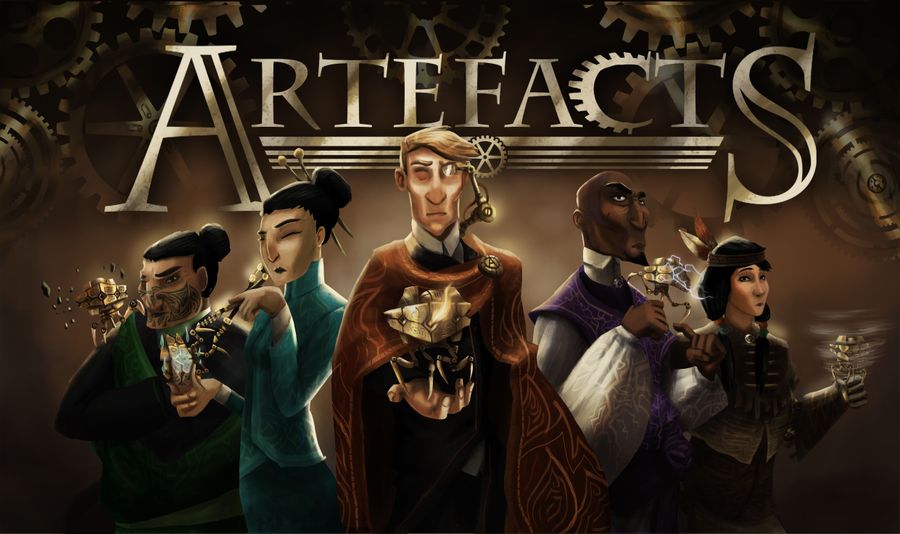
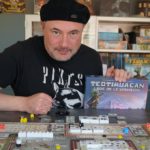
In my life as a Vin d’joueur, I’ve often been surprised, enthusiastic or even seduced by a game, but rarely have I been flabbergasted! Oh, it happened a few times when I first played disruptive games like Vinhos, where for the first time I discovered games within games, Dominion, which launched a new style, Magic of course, and a few others like Space Alert, Terra Mystica, The 7th Continent, Feudum, Root or even Twilight Imperium. Well, Artefacts is one of them. In fact, its author describes it as a Monster game, and I can only agree. I had the opportunity to spend an evening with Franck Bovet, its author, for whom this is the first game. The Artefacts crowdfunding campaign has just been launched, and we’d like to take this opportunity to introduce you to this very special game.
Monster Game
Franck has been working on his game for 9 years. He wanted to make it the « game of his dreams ». And even if he’s had some less assiduous periods than others, it’s the first time I’ve believed an author when he tells me he’s been working on his game for so long. Franck, a musician by profession, sees his game as a symphony. And he’s succeeded in doing just that, by creating a game that’s out of the ordinary.
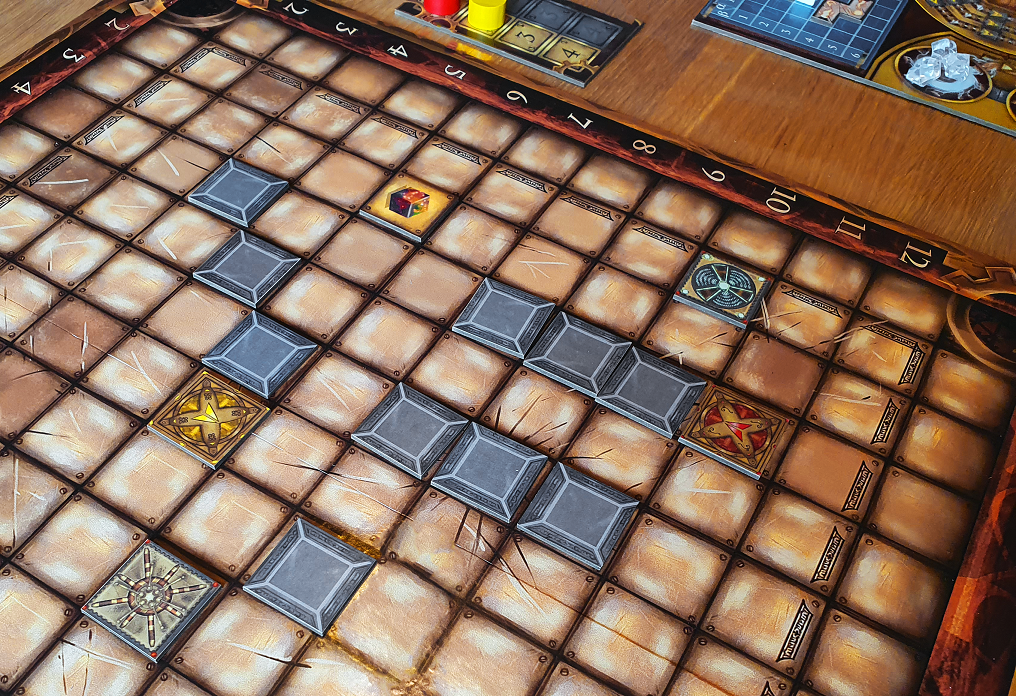
Artefacts has 21 segments, and you could almost say it’s 21 games! Well, that’s not quite true, as some segments are lighter than others, but the game really does offer a lot of formulas. The first segment has 6 pages of rules and can be played from age 6. From the second segment onwards, the game becomes more complex and is aimed at players who are already solid players. And the game is designed to be didactic, with each segment adding a new layer. I was lucky enough to play a few laps of the 3rd segment (I’ll come back to that) and I can tell you that you’ve already got to hang on…
Ameri-euro game
Franck wanted to create a game at the crossroads between an American game and a Eurogame. He’s certainly not the first, but he is, in my opinion, the first to add mechanisms together rather than combine them.
Artefacts is first and foremost an American-style arena and combat game. Players each control a robot-artefact with its own abilities and functionalities. They move them around the arena, shooting at their opponents and gaining HP from the damage they inflict. And this battle is illustrated by 20 pages of history on the Artefacts saga.
And alongside this arena combat, they’ll be preparing their artefact for battle and equipping it, thanks to an extensive worker placement system that becomes increasingly complex as modules are added.
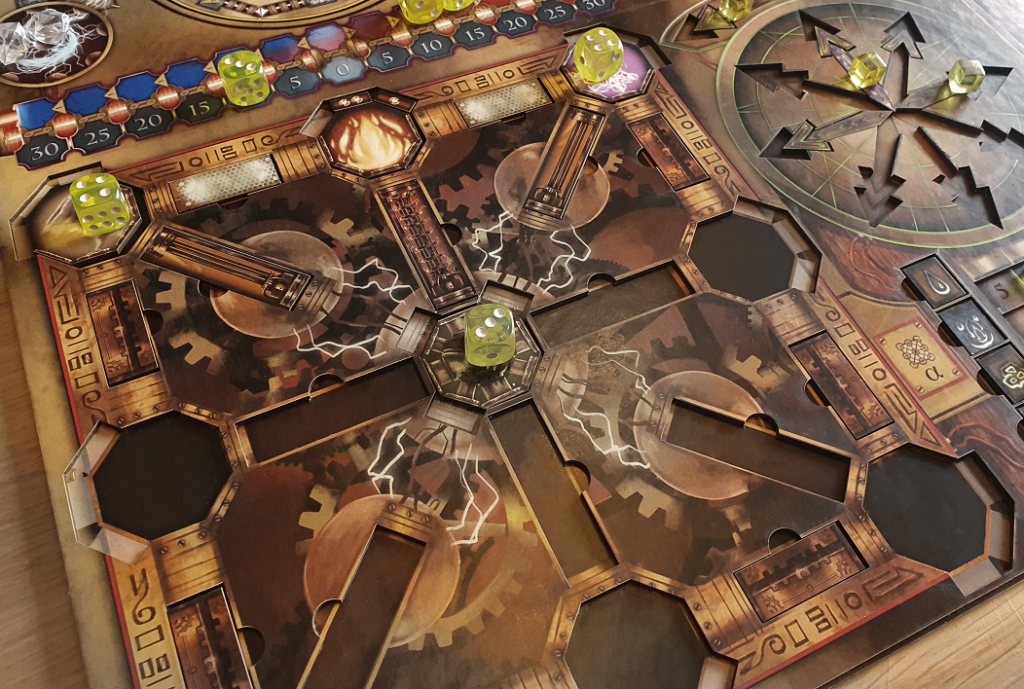
Architectonic
Each player has a dashboard with his own architectonics, which correspond to his machine as if its hood had been opened. Each player also has a compass, known as the kinematics, which he or she will use to make his or her moves.
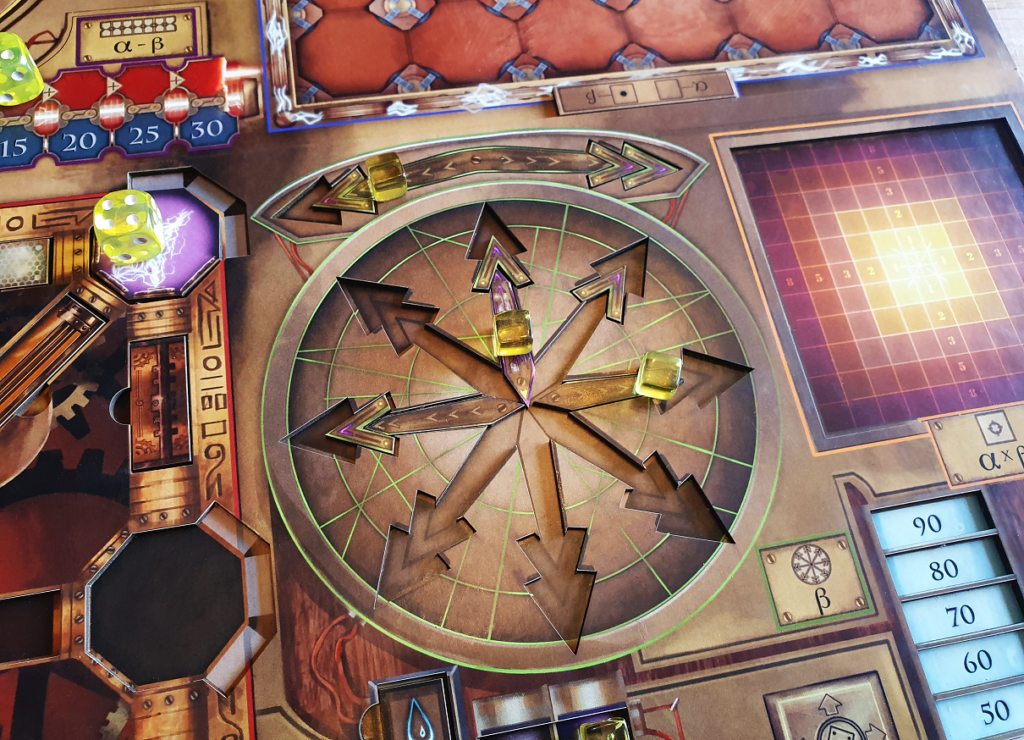
At the center of the architectonics, the player places a geode which becomes the heart of the artefact. There are several types of geode (earth, water, fire, etc.). And these geodes work a little like Terra Mystica’s chifoumi-terraforming wheel, with one element doing more damage the further away the opposing element is from it.
Every die face counts
In addition to this equipment, a player will need to provide energy in the form of dice to power his machine and geodes. And a player will place each die on the face he wants and, above all, in the direction he wants…
Indeed, the killer thing about this energy dice system is that every face counts, and so does their direction. Indeed, when you place a die, you’re used to looking only at the face that’s up. Here, the top face will power your attack or defense. But in Artefacts, you’ll also need to pay attention to each face on each of the 4 sides, and to which geode each face is facing in order to supply it with more or less energy… And even the face facing the ground will power your machine’s motor. This is an incredibly original way of using the dice, and I can tell you, it’s a real headache! What’s more, during a battle in the arena, you’ll be able to change their layout to suit the course of the battle.
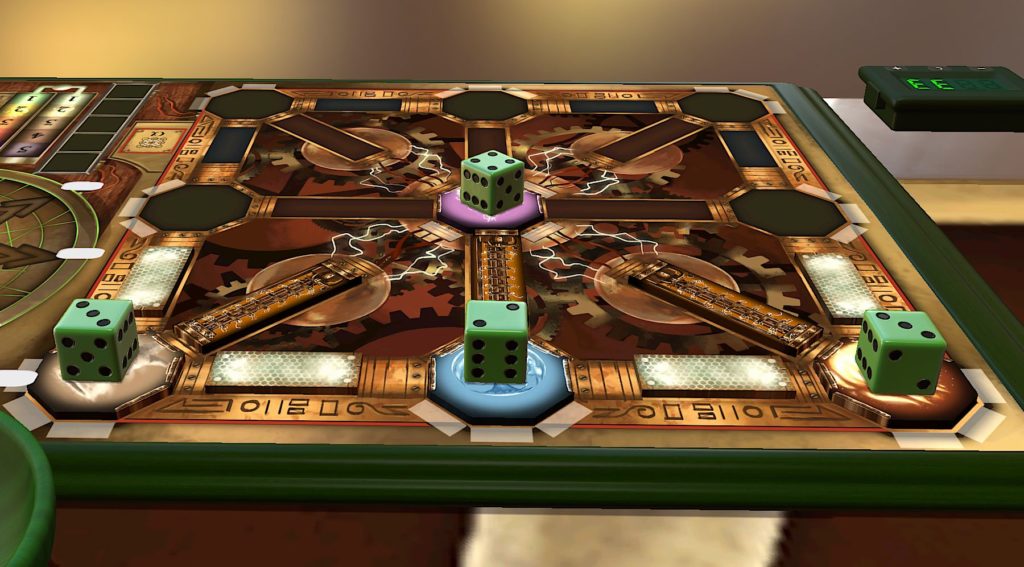
Cycle management
And the preparation doesn’t stop there: your equipment points are also used to buy action points to spend each turn, and energy cubes to activate certain equipment each turn. One of the actions you can perform during combat is to recover your energy cubes in order to reactivate previously activated shooting and movement modules. A bit like the card recovery action in Concordia, this timing management will punctuate your game and force you to optimize your cycles.
Segments 1 & 2
The first two segments of Artefacts dispense with this preparation phase. The first segment lets you play with simple artefacts of any equipment (which is why it’s accessible from age 6). The second allows you to play with pre-equipped artefacts, offering an asymmetrical game with 5 very different starting artefacts. Module 2 alone is a complete game in its own right and could sell quite well, but Franck hasn’t decided to stop just yet…
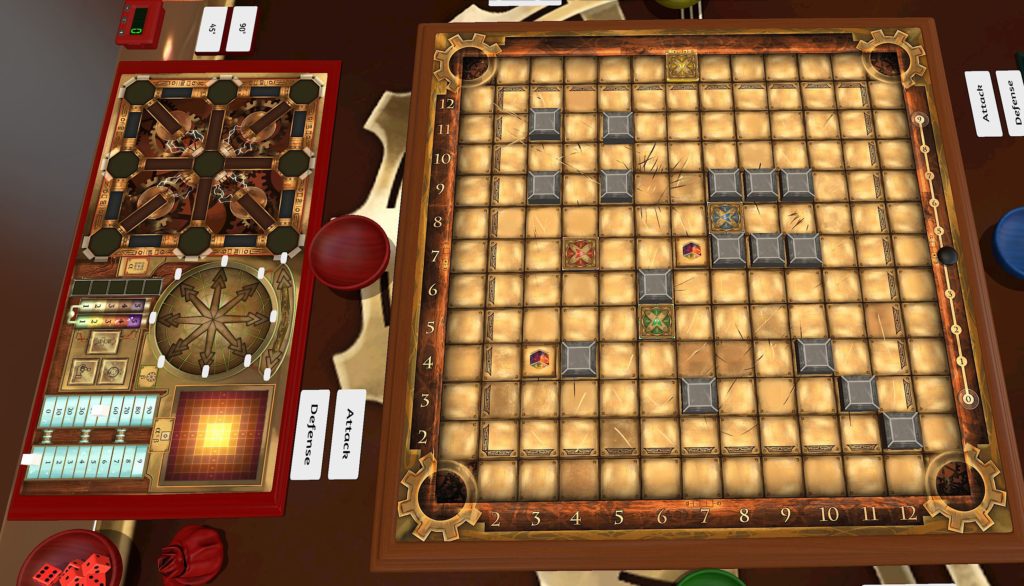
Arena
Once your artefact is ready, you launch it into the arena, moving it around, shooting at opponents, hiding behind walls and passing through places that give it end-of-turn bonuses. These bonuses bring 5 points to the artefact moving there at the end of the turn, then disappear to appear elsewhere at random, encouraging artefacts with a great deal of flexibility in their movements to make the maximum profit…
As square as a chessboard, this arena could, in my opinion, have benefited from less rigor by offering more epic terrain with plains, hills, mountains, swamps or roads along a less rectilinear and modular terrain, but let’s not deny ourselves the pleasure. Despite its austere aspects, this checkerboard can also be modular, allowing for greater control in combat.
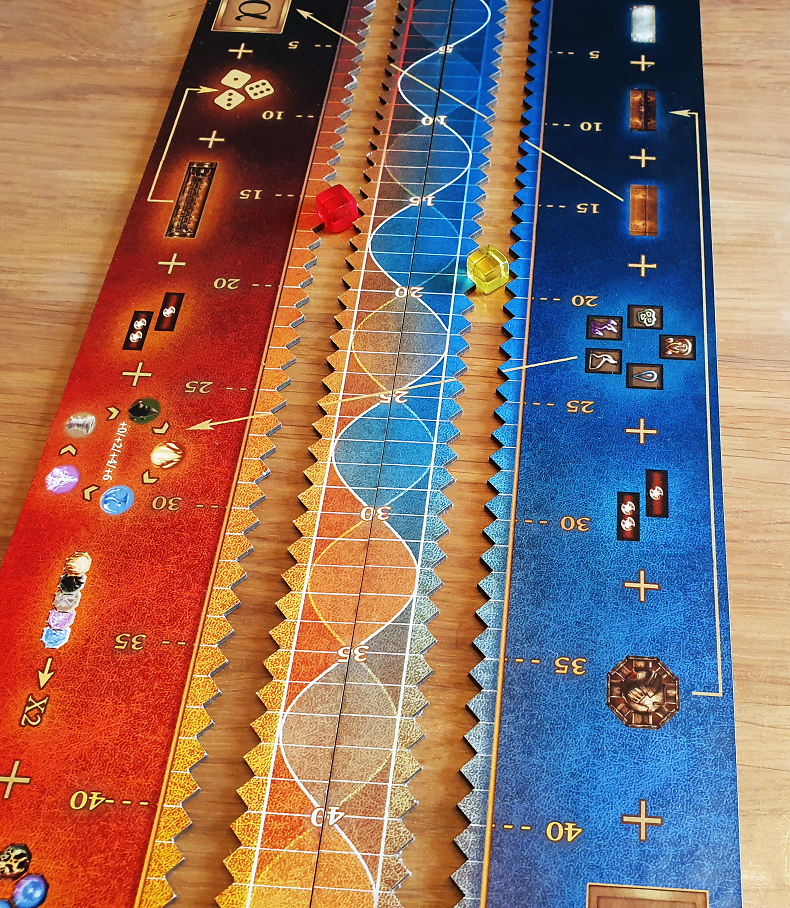
Even if the roll of a die will give some uncertainty as to the exact amount of damage to be inflicted, combat is very mathematical. They consist of adding up the strength of your opponent’s fire, taking into account all his attack equipment and energy, and subtracting it from the strength of your defense equipment, coupled with the energy you have concentrated in defense. Even though these calculations are based on many controllable factors, I found them a little too tedious and cumbersome. But, of course, their great advantage is that everything can be anticipated, and you know exactly where you’ll be able to do as much damage as you can, and that your opponent will only be able to protect himself by as much…
Complete modules
I’ve been talking about Artefacts for 9 paragraphs now, and I’ve only covered the first 3 segments. Once you’ve unlocked the fourth, Artefacts will reveal its other, darker side… worker placement!
This module begins with a calendar where you can decide the number of preparation turns, followed by a combat turn, followed by another number of preparation turns for the next combat… This calendar will also determine the length of the game. In Artefacts, you decide how long your game lasts! In general, 4 preparation phases followed by a confrontation phase take 1h30-2h00. If you want to move on to several confrontation phases, the duration will only be extended…
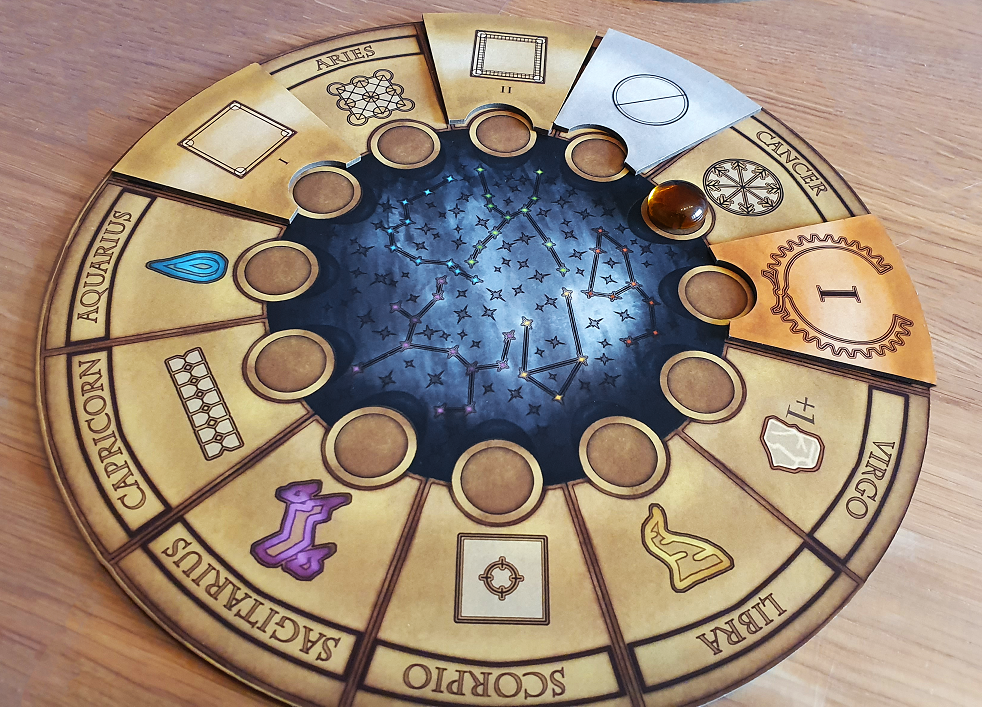
Worker placement
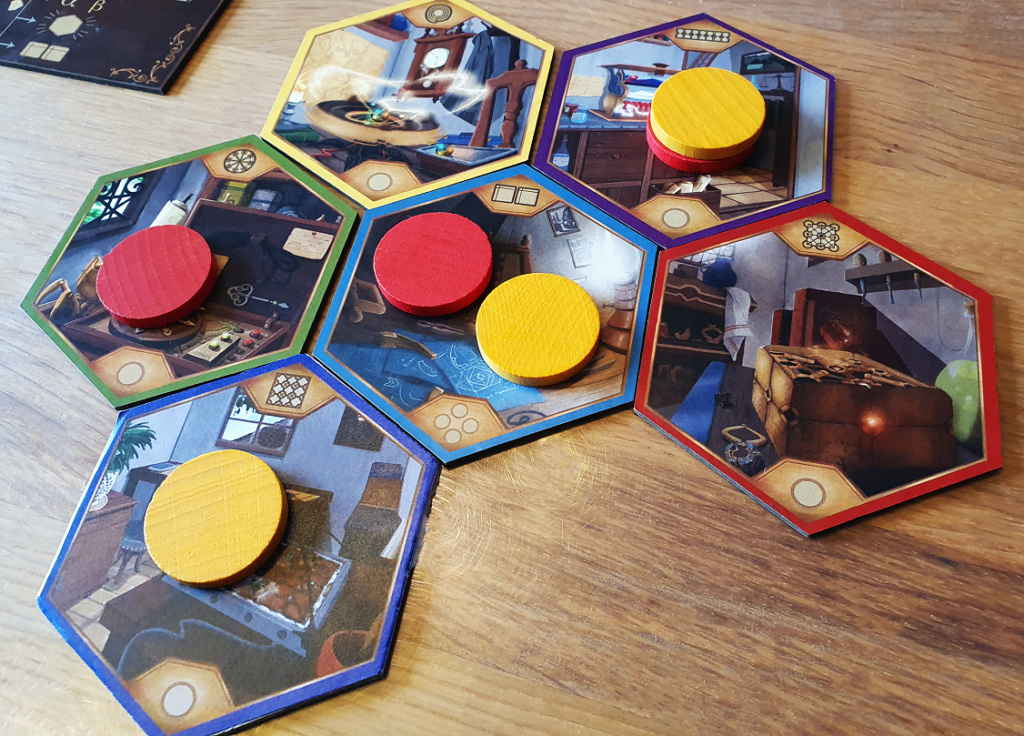
The worker placement system is based on a modular board with 3 to 14 hexagons, representing the 14 possible modules, each with a specific action.
Each player in turn moves one of her workers to one of the modules she can reach, in order to carry out her action. You can move a worker where an opponent’s worker is (by placing your counter on top of the worker’s counter), but the cost of doing so will be higher. What’s more, if, on your turn, a worker is on top of your worker, you take it with you when you move, preventing it from performing the action you’ve chosen, since you have to move your worker before performing an action. Having said that, it can also be a tactic to perform the first common action twice…
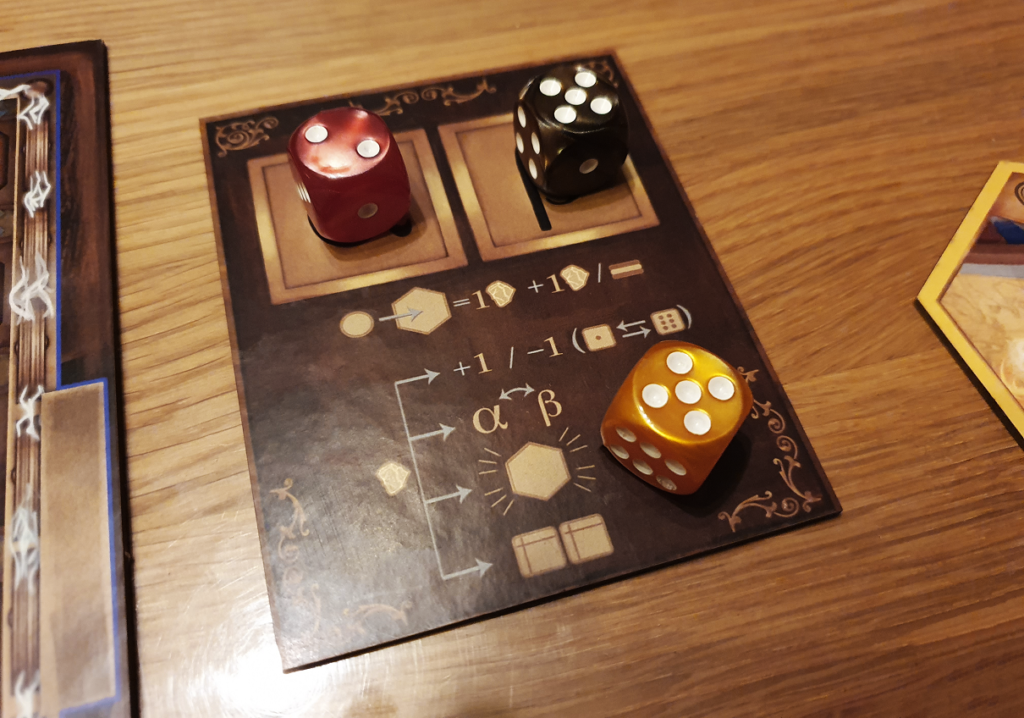
Alpha and Beta
Another incredible Artefacts system is that all actions will be influenced by the same two dice. At the start of the worker placement phase, one player will roll 3 dice: orange, blue and purple. He will decide which die to discard, and another will decide which die will be assigned to Alpha and which to Beta. The color and value of these 2 dice will influence how each action module behaves. It’s hard to explain like this, but it will influence the cost of some actions, the possibilities of another or the equipment available in a third. Some will even function according to the presence or absence of a dot in the center of a die face (did you know that odd numbers have a dot in the center of the die face?). It’s an incredibly ingenious system that will have multiple repercussions that the most attentive players will be able to anticipate.
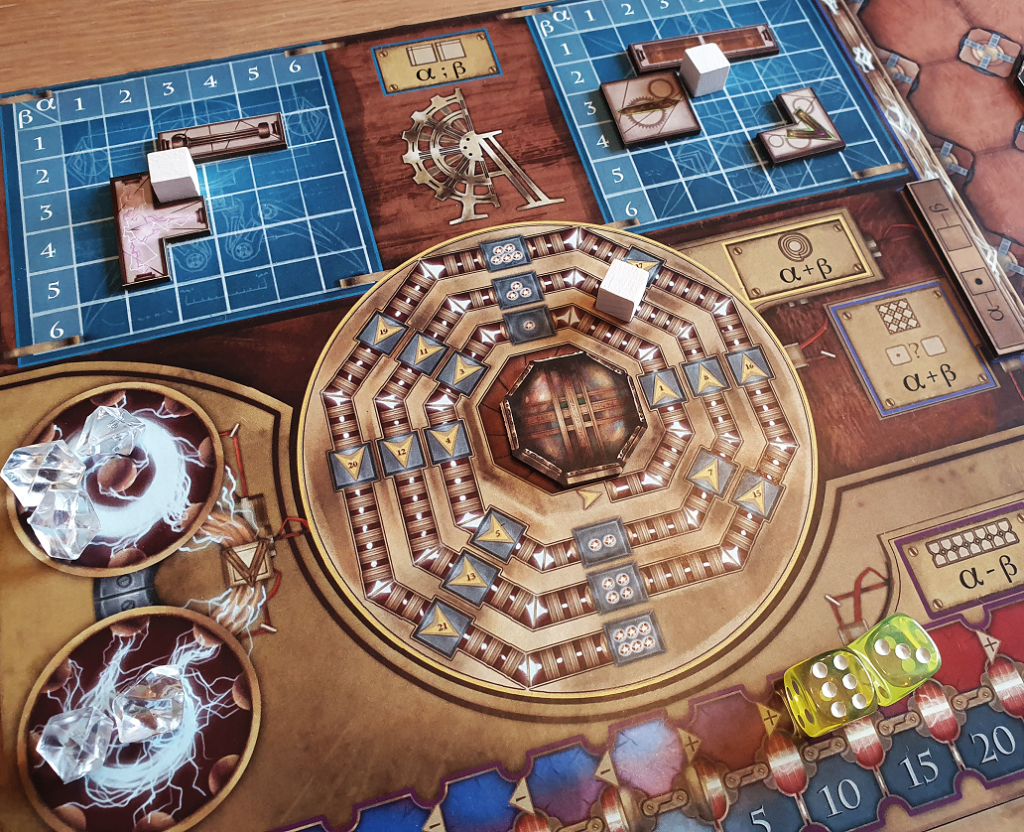
Everything is customizable
All these action modules allow you to set parameters and increase the possibilities of Artefacts. You’ll be able to adjust the weather to favor certain types of geodes depending on the time of the game, build traps, use an erasable felt-tip pen to indicate the twisted shots you’ll be able to perform, set your starting hit points, destroy geodes to gain energy that will be used to acquire more powerful modules, gain nuclides that will give you an advantage in attack or defense, integrated into a stop or even system, or to gain equipment, acquire hybrid types of geode with multiple powers such as bomb-throwing, vampirism, allowing you to gain in health points what you lose in damage, persistent damage, deregulate opposing energy, repel or attract an opposing artefact, change the value of your dice, deregulate opposing moves, characters will help you, a module allows you to earn and spend money by buying and selling geodes according to an ingenious fluctuating price system, technologies that allow you to move obstacles, generate drones that also shoot at your opponents, generate holograms that allow you to move several artefacts at the same time, only one of which is the real one, etc. A formula will generate events that cause tornadoes to appear or reverse polarities, forcing artefacts to move in the opposite direction to the one ordered.
All these segments are independent, and there’s nothing to stop you playing with segment 4 and 17, for example. A module allows you to set up fully adjustable laws (having the + or – of something will give you + or – x additional points in combat, for example) that are valid for everyone. Franck has even included a betting system that earns points for predicting the winner…
And all these modules will provide lots and lots of mini-games in the game.
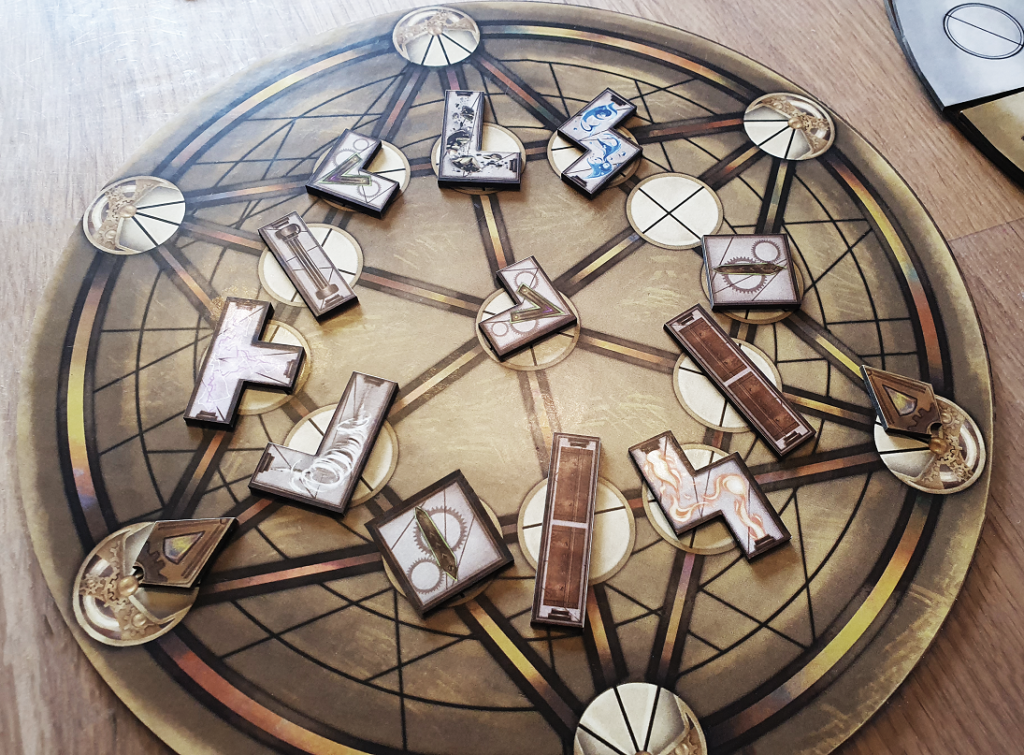
Versions
And that’s not all! Franck has planned different ways of playing Artefact. One version allows you to play only the combat part, while another allows you to play only the preparation part, rewarding players according to the modules they have built to meet certain objectives. You’ll even be able to race your artefacts instead of shooting each other. One version will allow you to play with targets that you’ll have to knock out, another in a 2 vs. 2 team, and a solo version allowing you to play against a automas that performs its actions according to the result of a die roll. The single-player version can also be very interesting as a training ground for testing different types of robot artefacts.
Monster game (bis)
Artefacts is indeed a monster game! It took me 14 paragraphs to present it to you, and even then, I skimmed over a number of mechanisms just to keep this article digestible. This game is a real OLNI. Fortunately, thanks to its 21 formulas, you’ll gradually get the hang of it.
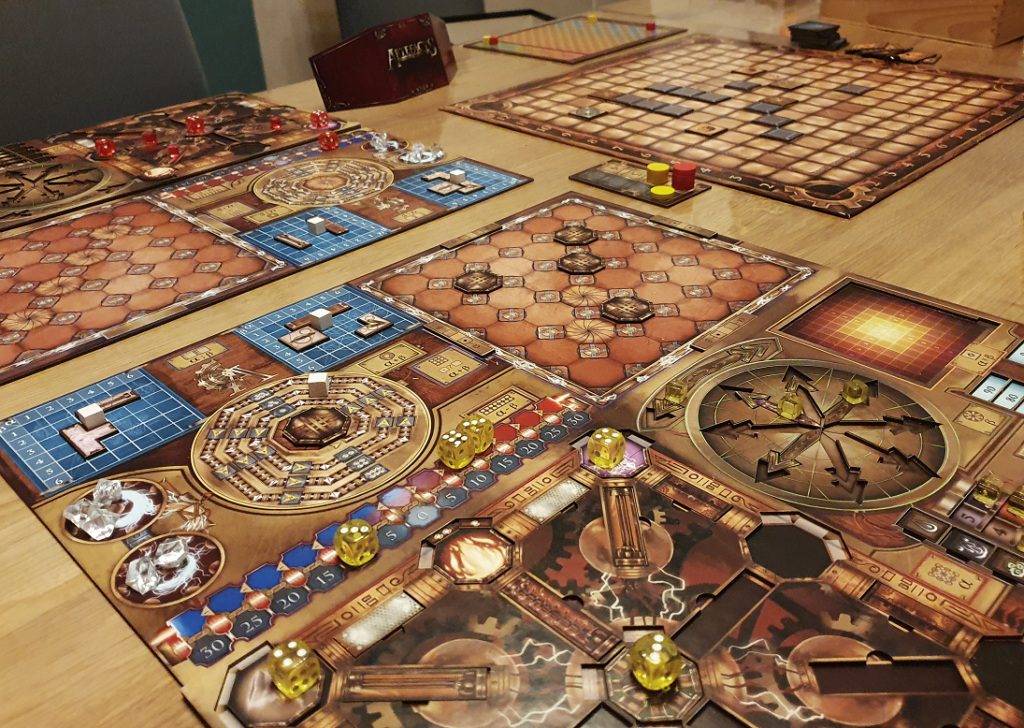
Apart from the fact that the game has emerged from who knows what alien spacecraft, I was touched by the author’s very sincere and uncompromising approach. He’s very attached to his game and very proud of it. He’s determined to see it published as it is. Maybe not perfect, but just as he imagined it. He told me he’d been approached by some very big Kickstarter publishers, who had to deal with Franck’s refusal to collaborate because they wanted to revise some of the game’s mechanics, which is inconceivable in the eyes of its author. And his refusal to make concessions goes even further. As you’ll soon realize, Artefacts has a plethora of material! However, making concessions on the quality of the material is out of the question, and the game will be as good as it wants to be. The price will be accordingly, but that’s how he wants his game!
What’s more, Franck Bovet did almost everything for his game. He designed the rules, the hardware, some of the graphics… even the programming for the Tabletop Simulator version! Everyone is passionate about this game, and it’s an honest and sincere approach that we respect, appreciate and support at Vin d’jeu.
Artefacts is an improbable game that requires a substantial investment from players to learn, master and progress through the game’s many rules. The game is the result of a real, uncompromising artistic approach, the likes of which are all too rare these days. Artefacts is a monster game crafted with passion and precision, like a symphony conducted with the baton by its author, a unique and original symphony, the likes of which, believe me, you will rarely hear in your gaming life.
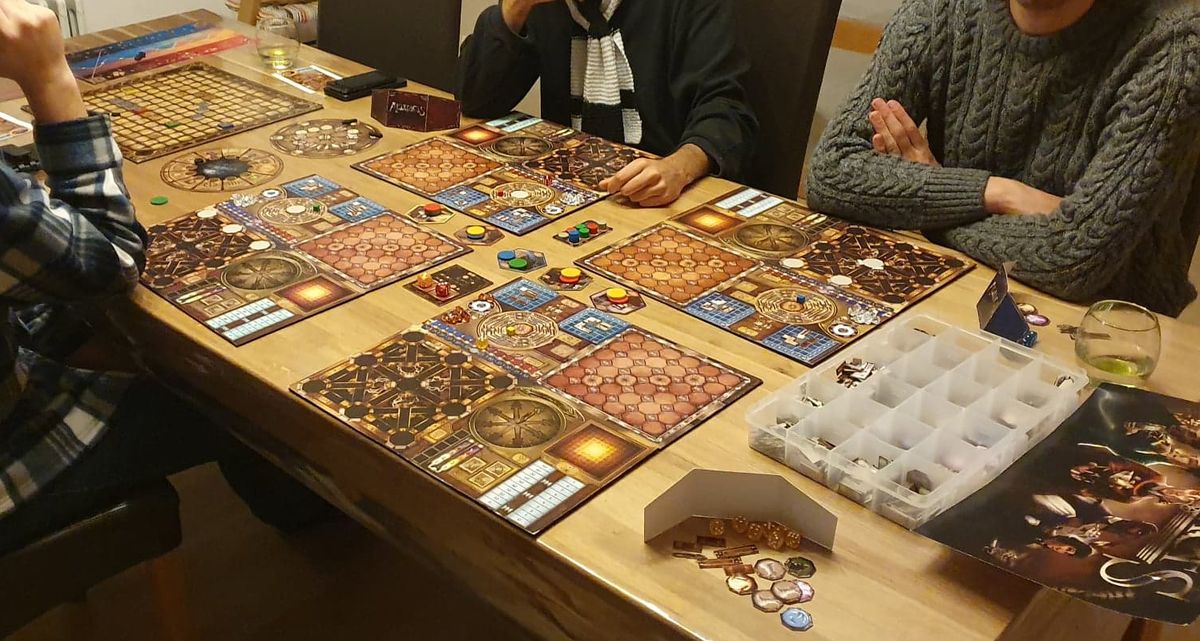
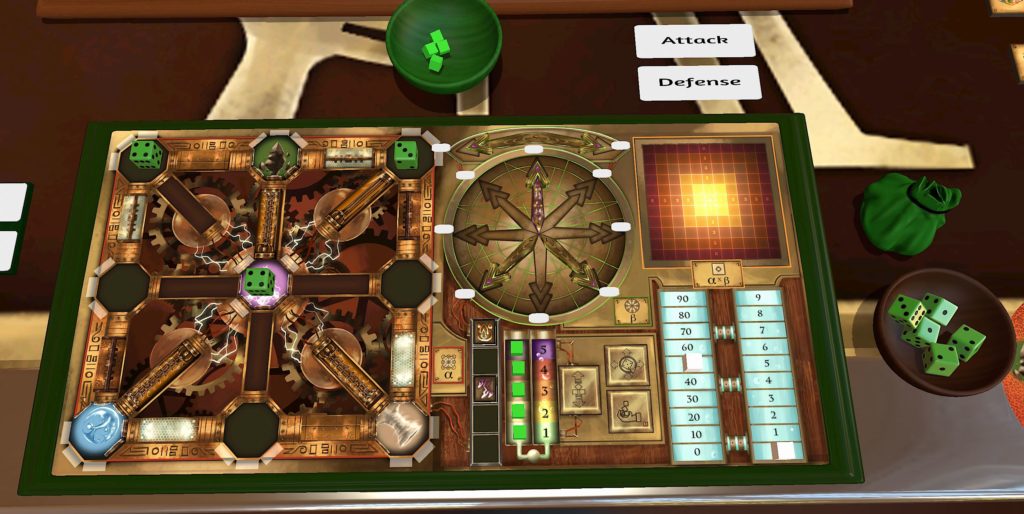
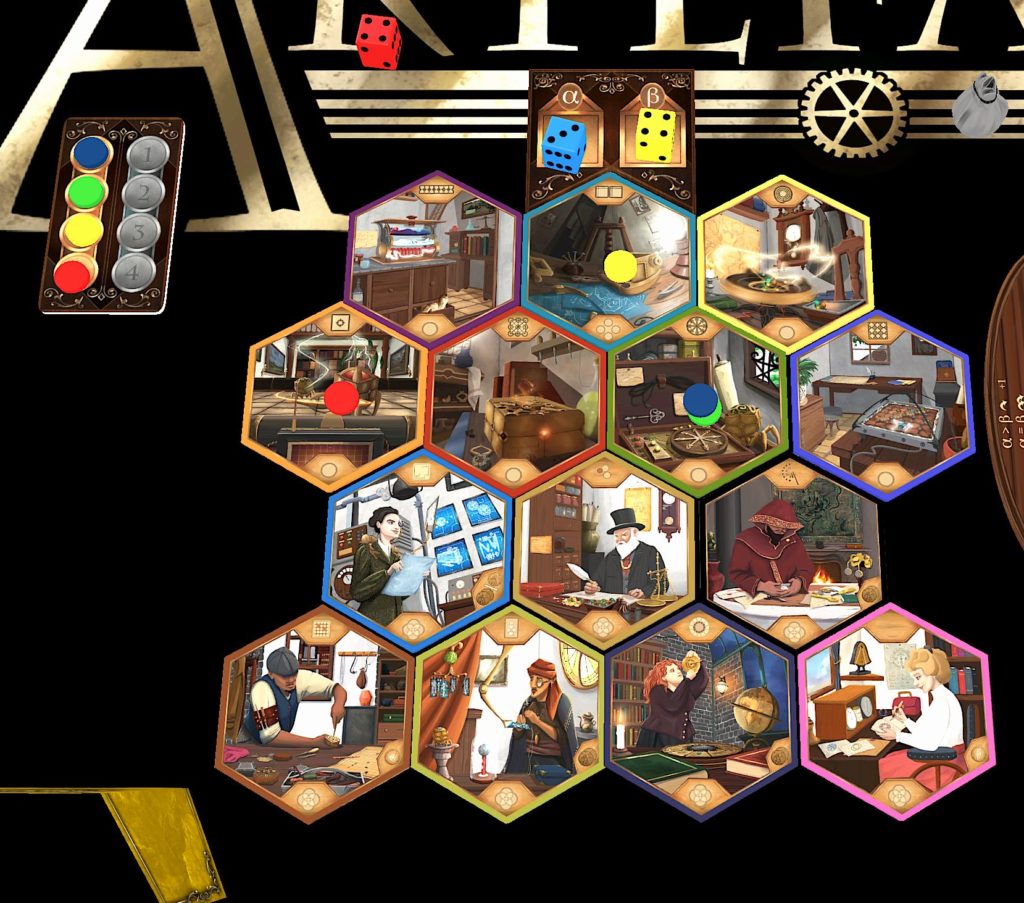
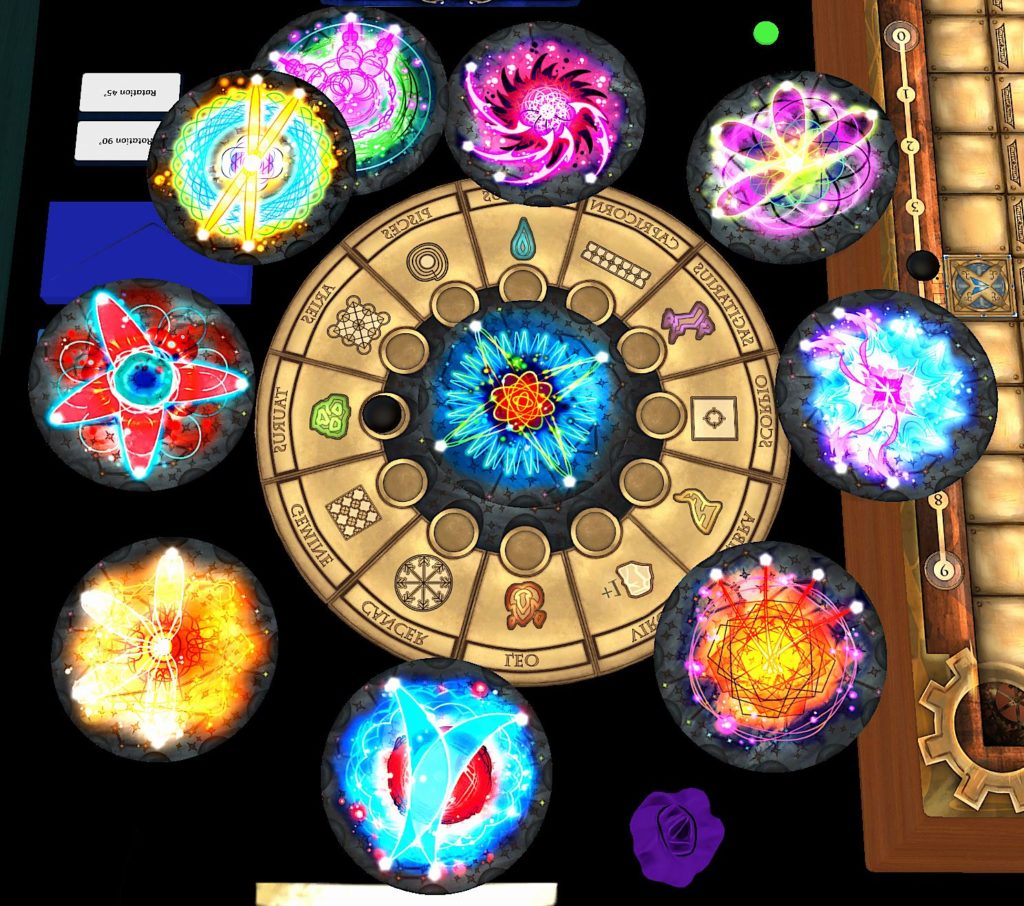
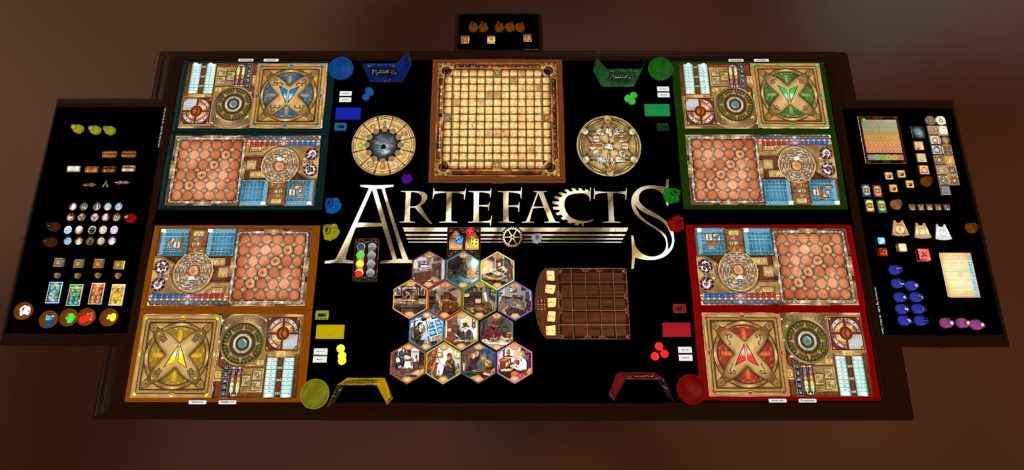
Soumettre votre avis: | |






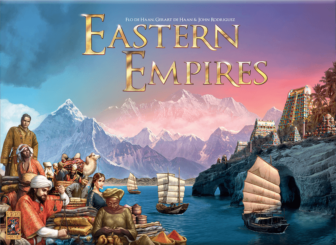
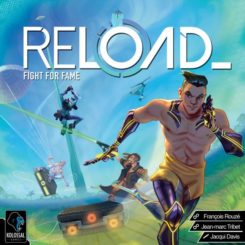

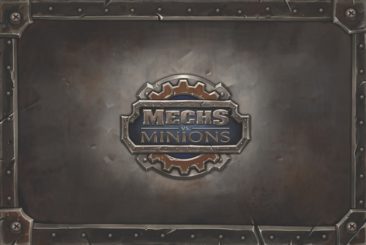
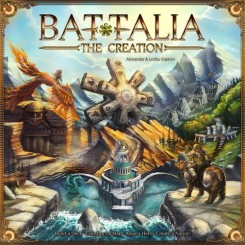
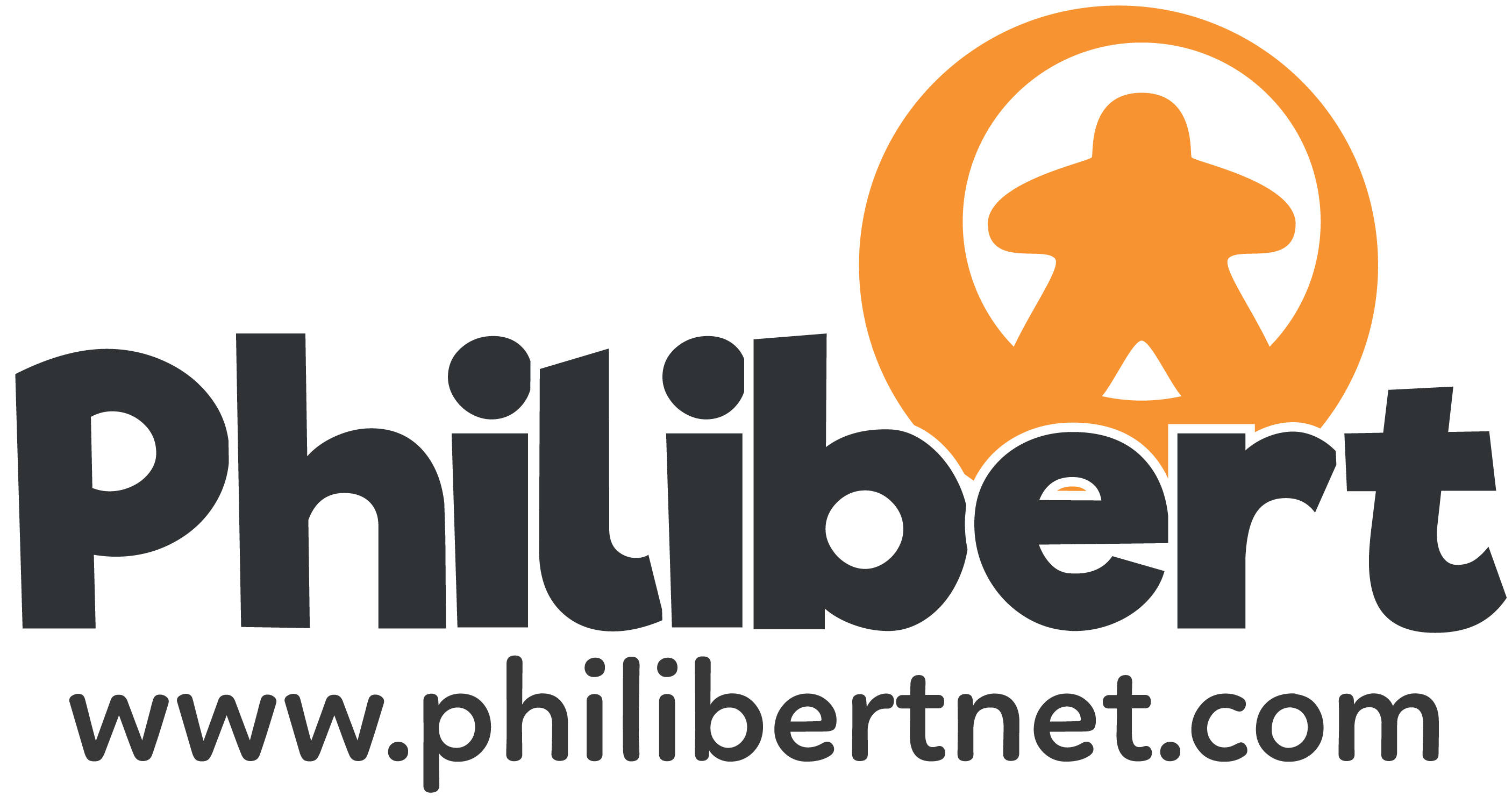









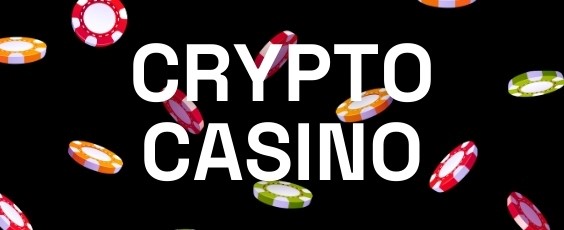














Derniers commentaires